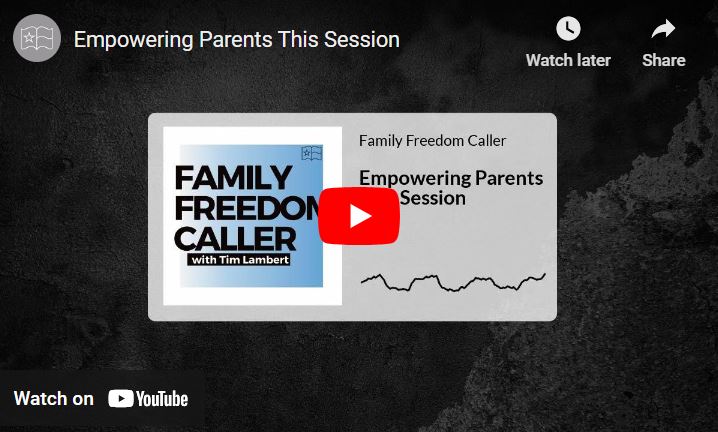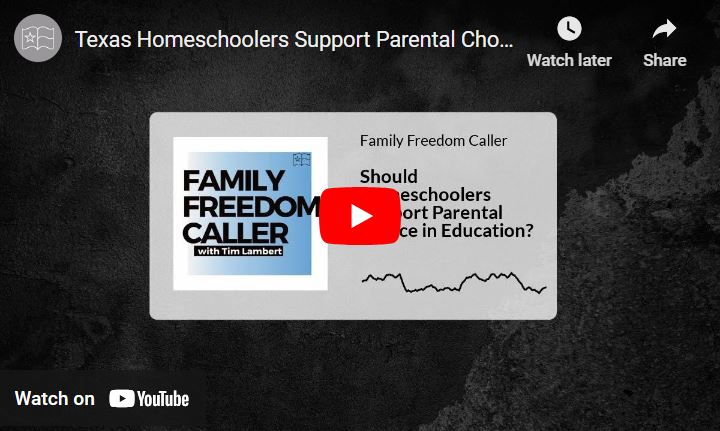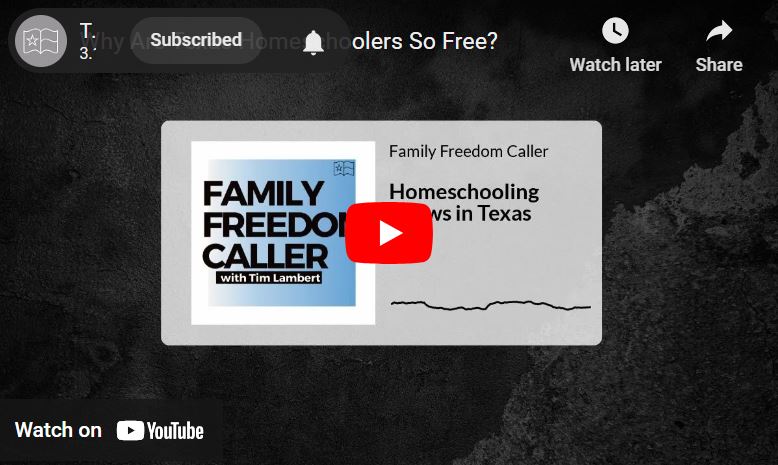By Jessica D. Lovett
The uHandy Microscope is a wonderful new learning tool that will open up a vast world of micro-viewing possibilities for your homeschooler. My former microbiologist husband was amazed that such a huge magnification was possible with such a tiny, home-purposed microscope!
uHandy’s website says, “The maximum useful magnification is 1000x. Magnification within 30x~360x has the best effect.” At first my husband thought I meant 100 times and was reading it incorrectly!
The actual magnifying power does depend somewhat on the abilities of your smartphone or tablet—depending on whether you can use the camera on your gadget to zoom in substantially—but the average resolution on a typical cell phone camera is very capable of viewing interesting microscopic objects and the fine details on larger objects around your home and beyond at extremely close ranges.
You can even take screenshots of your findings to show others, keep records of your experiments, make awesome science notebooks, write your own mixed media Ant Man comics or make a lab in your homeschool classroom and discover cures for dreaded diseases! Well, maybe not that last one, but unlocking a universe around you that you weren’t able to access before certainly makes you see new possibilities all around you.
Another amazing thing about the uHandy Microscope is that it is smaller than an Altoid box and can easily go in a purse or backpack! There are endless uses to explore. It can be taken on nature walks, to museums (think art, science or history museums), to the zoo—all places that traditional microscopes would be unwieldy to lug around to those places (and might garner you several sideways glances, not that it matters).
The uHandy Microscope can also reach objects that it would be difficult to get to using a regular microscope. One doesn’t have to get the test subject item into a slide or into the small area between the lens and the plate for the lower magnification function. (The higher magnification does require the use of a stage since the focal length has to be very precise.)
The uHandy Microscope can be situated right next to whatever you are trying to view. And the uHandy app for Apple or Android (optional to use the microscope, but really fun) makes it easy to measure and store photos of your findings.
We found it useful to use Learning Resource slides with the uHandy Microscope for readily available, interesting specimens. These also have dye on some objects to make them easier to see and paper “frames” for ease of use in the homeschool classroom.
For instance, finding a tiny piece of a feather that accidently was sneezed away and instantly camouflaged into the carpet in the room can pause the scientific exploration. These slides remove the possibility of that being a problem. The slides have smaller sets of 24 specimens each (set 1 and set 2) or the most cost-effective set of all 48.
Unlike most child or student kinds of microscopes, the High-Mag lens already has a built-in light to help see the subject clearly. There are also different types of caps to view different kinds of items (like traditional slides or even liquids)! You can watch chemical reactions take place up close in the liquid cap. The automatic focus on the phone camera also works for you instead of you manually having to focus each time.
The Lo-Mag Lens is almost as easy as clipping on a “chip clip” type clothespin to your camera and adjusting the lens. The High-Mag is a little more complicated to attach, since it is a more complicated lens itself, but there is a video to show exactly how to do that.
We were able to use the uHandy Duet which not only comes with the Lo-Mag Lens (that goes up to 60x) but the High-Mag Lens, as well as a bag to keep it in and a fun notebook with stickers with clear frames (90 flat and 90 bubble type stickers) that actually hold specimens so that you can write about your tiny adventures and keep records.
If you are not particularly science-inclined, do not be intimidated by setting up the uHandy Microscope. On their well-organized YouTube channel, there are videos with How-To Instructions and FAQ to help you get started, if you’d rather see someone else in action instead of reading the instructions. Also, check out this amazing playlist of specimens using the High-Mag Lens! There are videos about looking up close at an apple, a fly, and several other objects easily accessible to your homeschool classroom. The microscope is powerful enough to actual see tiny creatures, like Daphnia, moving!
The uHandy Duet comes with:
- Hi-Mag Lens
- Light Stage
- Circular Slide
- Lo-Mag Lens (with one Sample Cap installed)
- Sample Caps (3 pcs)
- Sampling Stickers (90 pcs of flat stickers and 90 pcs of bubble stickers)
- Sample Hubs (60 pcs)
- Collecting Album
- Sample Card (with 3 samples)
- Toolkit
- Drawstring Bag
- Slide Holder (for conventional slides)
- Quick Clip (for Hi-Mag Lens)
The only problem with the uHandy Microscope is that now my kids (between the ages of 8 and 12) are now leaving little piles of teeny objects around the house that I’m not allowed to clean up until they check them out on the microscope! Right now, there is a tiny assortment on the corner of our bathroom counter with various parts of leaves, carpet fibers, a blob of gerbil bedding (unused, thankfully), a feather, random string, a piece of paper packaging and, yes, a blob of lint.
It has helped them to see the world a lot differently. Our lamps, toys, food, all the pets (if they will hold still long enough) and everything are fair game to be viewed on the microscope! Broaden your student’s views of the beauty in the complicated and minute world around them with the uHandy Duet Kit. You won’t ever see a pile of dust bunnies in the same boring light again.
If you’d like to learn more about uHandy Mobile Microscope, find a detailed introduction here.
Jessica Lovett
Jessica Lovett is passionate about homeschooling her own kids, sci-fi books, quirky coffee shops, and her scruffy black dog, Bofur. In her spare time, she loves playing the piano and also singing on her church’s worship team. Her writing can be seen on ChristianAnswers.net and her novel Transplanting Hope is available wherever books are sold.
By Jessica D. Lovett
The uHandy Microscope is a wonderful new learning tool that will open up a vast world of micro-viewing possibilities for your homeschooler. My former microbiologist husband was amazed that such a huge magnification was possible with such a tiny, home-purposed microscope!
uHandy’s website says, “The maximum useful magnification is 1000x. Magnification within 30x~360x has the best effect.” At first my husband thought I meant 100 times and was reading it incorrectly!
The actual magnifying power does depend somewhat on the abilities of your smartphone or tablet—depending on whether you can use the camera on your gadget to zoom in substantially—but the average resolution on a typical cell phone camera is very capable of viewing interesting microscopic objects and the fine details on larger objects around your home and beyond at extremely close ranges.
You can even take screenshots of your findings to show others, keep records of your experiments, make awesome science notebooks, write your own mixed media Ant Man comics or make a lab in your homeschool classroom and discover cures for dreaded diseases! Well, maybe not that last one, but unlocking a universe around you that you weren’t able to access before certainly makes you see new possibilities all around you.
Another amazing thing about the uHandy Microscope is that it is smaller than an Altoid box and can easily go in a purse or backpack! There are endless uses to explore. It can be taken on nature walks, to museums (think art, science or history museums), to the zoo—all places that traditional microscopes would be unwieldy to lug around to those places (and might garner you several sideways glances, not that it matters).
The uHandy Microscope can also reach objects that it would be difficult to get to using a regular microscope. One doesn’t have to get the test subject item into a slide or into the small area between the lens and the plate for the lower magnification function. (The higher magnification does require the use of a stage since the focal length has to be very precise.)
The uHandy Microscope can be situated right next to whatever you are trying to view. And the uHandy app for Apple or Android (optional to use the microscope, but really fun) makes it easy to measure and store photos of your findings.
We found it useful to use Learning Resource slides with the uHandy Microscope for readily available, interesting specimens. These also have dye on some objects to make them easier to see and paper “frames” for ease of use in the homeschool classroom.
For instance, finding a tiny piece of a feather that accidently was sneezed away and instantly camouflaged into the carpet in the room can pause the scientific exploration. These slides remove the possibility of that being a problem. The slides have smaller sets of 24 specimens each (set 1 and set 2) or the most cost-effective set of all 48.
Unlike most child or student kinds of microscopes, the High-Mag lens already has a built-in light to help see the subject clearly. There are also different types of caps to view different kinds of items (like traditional slides or even liquids)! You can watch chemical reactions take place up close in the liquid cap. The automatic focus on the phone camera also works for you instead of you manually having to focus each time.
The Lo-Mag Lens is almost as easy as clipping on a “chip clip” type clothespin to your camera and adjusting the lens. The High-Mag is a little more complicated to attach, since it is a more complicated lens itself, but there is a video to show exactly how to do that.
We were able to use the uHandy Duet which not only comes with the Lo-Mag Lens (that goes up to 60x) but the High-Mag Lens, as well as a bag to keep it in and a fun notebook with stickers with clear frames (90 flat and 90 bubble type stickers) that actually hold specimens so that you can write about your tiny adventures and keep records.
If you are not particularly science-inclined, do not be intimidated by setting up the uHandy Microscope. On their well-organized YouTube channel, there are videos with How-To Instructions and FAQ to help you get started, if you’d rather see someone else in action instead of reading the instructions. Also, check out this amazing playlist of specimens using the High-Mag Lens! There are videos about looking up close at an apple, a fly, and several other objects easily accessible to your homeschool classroom. The microscope is powerful enough to actual see tiny creatures, like Daphnia, moving!
The uHandy Duet comes with:
- Hi-Mag Lens
- Light Stage
- Circular Slide
- Lo-Mag Lens (with one Sample Cap installed)
- Sample Caps (3 pcs)
- Sampling Stickers (90 pcs of flat stickers and 90 pcs of bubble stickers)
- Sample Hubs (60 pcs)
- Collecting Album
- Sample Card (with 3 samples)
- Toolkit
- Drawstring Bag
- Slide Holder (for conventional slides)
- Quick Clip (for Hi-Mag Lens)
The only problem with the uHandy Microscope is that now my kids (between the ages of 8 and 12) are now leaving little piles of teeny objects around the house that I’m not allowed to clean up until they check them out on the microscope! Right now, there is a tiny assortment on the corner of our bathroom counter with various parts of leaves, carpet fibers, a blob of gerbil bedding (unused, thankfully), a feather, random string, a piece of paper packaging and, yes, a blob of lint.
It has helped them to see the world a lot differently. Our lamps, toys, food, all the pets (if they will hold still long enough) and everything are fair game to be viewed on the microscope! Broaden your student’s views of the beauty in the complicated and minute world around them with the uHandy Duet Kit. You won’t ever see a pile of dust bunnies in the same boring light again.
If you’d like to learn more about uHandy Mobile Microscope, find a detailed introduction here.
Jessica Lovett
Jessica Lovett is passionate about homeschooling her own kids, sci-fi books, quirky coffee shops, and her scruffy black dog, Bofur. In her spare time, she loves playing the piano and also singing on her church’s worship team. Her writing can be seen on ChristianAnswers.net and her novel Transplanting Hope is available wherever books are sold.












